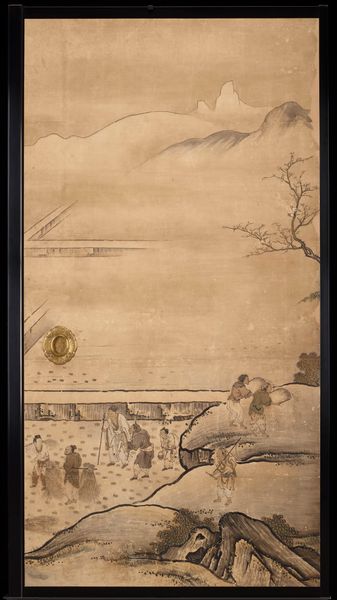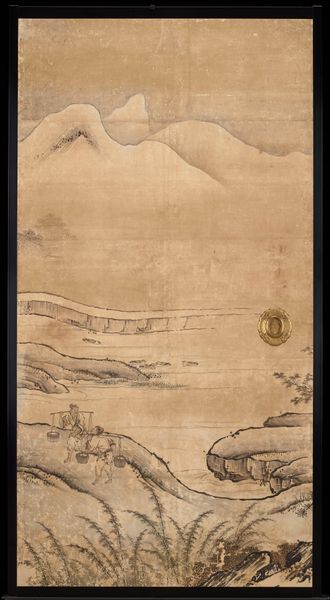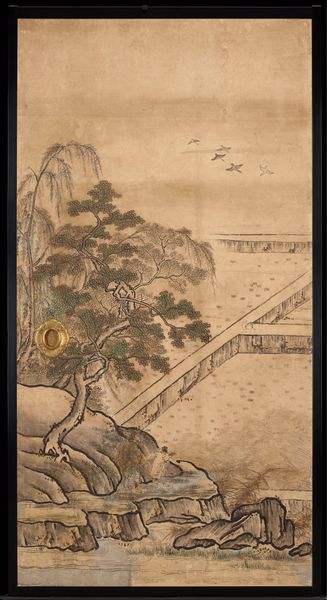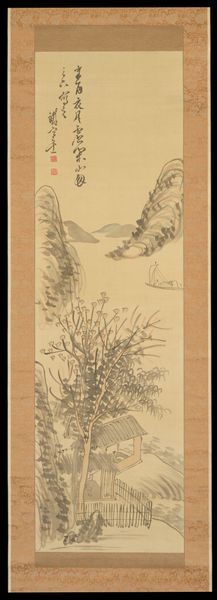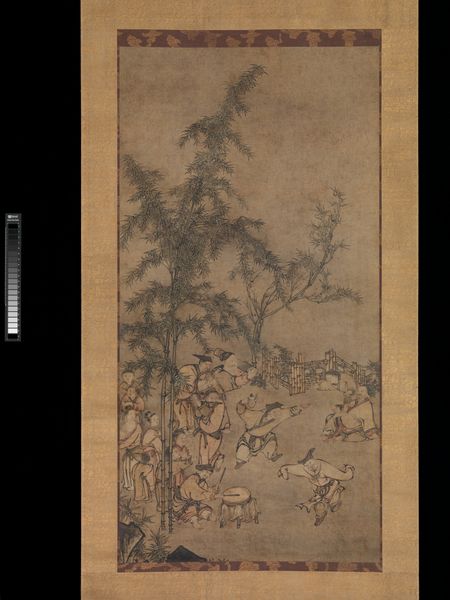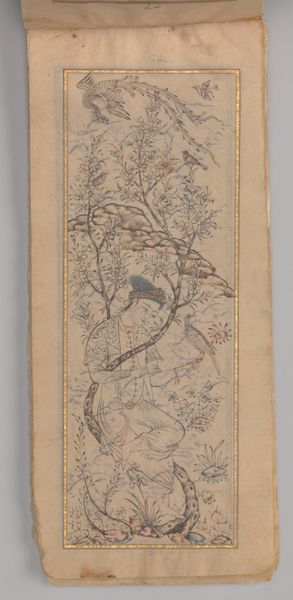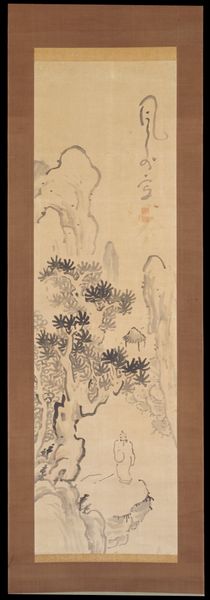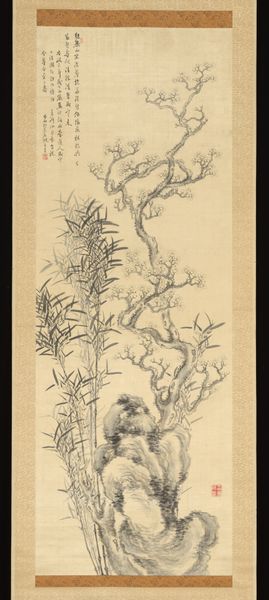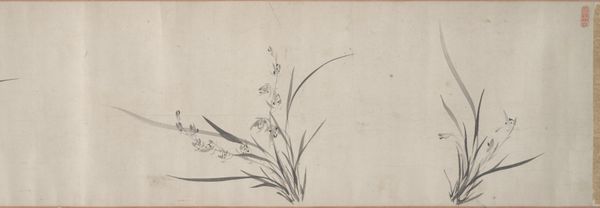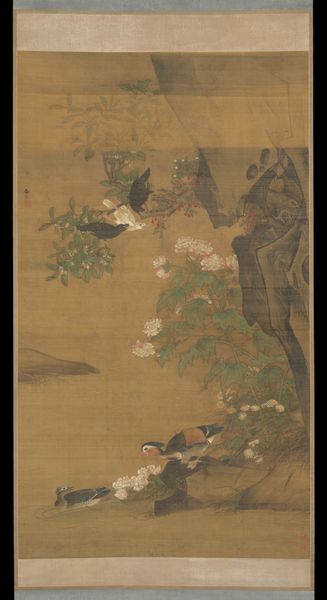![Winter [center right from the set Rice Farming in the Four Seasons] by Kano Sanraku](/_next/image?url=https%3A%2F%2Fd2w8kbdekdi1gv.cloudfront.net%2FeyJidWNrZXQiOiAiYXJ0ZXJhLWltYWdlcy1idWNrZXQiLCAia2V5IjogImFydHdvcmtzL2EyNDZlZDQzLWU4ODctNGQxMy1iZWFjLTk5ZjZmN2Y3NGUwMi9hMjQ2ZWQ0My1lODg3LTRkMTMtYmVhYy05OWY2ZjdmNzRlMDJfZnVsbC5qcGciLCAiZWRpdHMiOiB7InJlc2l6ZSI6IHsid2lkdGgiOiAxOTIwLCAiaGVpZ2h0IjogMTkyMCwgImZpdCI6ICJpbnNpZGUifX19&w=3840&q=75)
Winter [center right from the set Rice Farming in the Four Seasons] c. 1620s
0:00
0:00
drawing, ink
#
drawing
#
ink drawing
#
ink painting
#
pen sketch
#
asian-art
#
landscape
#
ukiyo-e
#
japan
#
figuration
#
ink
#
line
#
history-painting
Dimensions: 76 x 39 1/4 x 4 in. (193.04 x 99.7 x 10.16 cm)
Copyright: Public Domain
This Japanese screen panel, ‘Winter,’ was painted by Kano Sanraku in the early 17th century, as part of a series illustrating rice farming through the seasons. The painting itself is made with ink and color on paper. It's fascinating to consider how the materials emphasize the economic realities of agricultural labor. The paper support, though delicate, would have been relatively inexpensive and readily available. And the subdued palette, rendered in ink and light washes of color, is a far cry from the opulent gold leaf one often associates with Kano School painting. Instead, Sanraku deploys his considerable skill to depict the lives of ordinary people working the land. Look closely, and you'll see the careful brushstrokes used to define the figures, their clothing, and the landscape around them. The artist's hand, and thus the labor involved, is evident throughout the whole composition. It's a testament to the value of craft, and to those who dedicate their lives to it.
Comments
minneapolisinstituteofart about 2 years ago
⋮
These sliding door panels originally formed the four walls of a small reception chamber at Daikakuji, a Buddhist temple in northwest Kyoto that also served as the palace for Japan’s emperor. The panels form a continuous panorama from wall to wall and present various activities associated with rice cultivation: plowing, transplanting the rice, irrigating, threshing, and grinding. The didactic theme is derived from Chinese painting; agriculture, according to Confucian teachings, is the basis of a well-ordered society. Accordingly, when Japanese rulers adopted Confucianism as their ruling ideology, they also commissioned paintings that reflected social stability, morality, and government values. Although unsigned, these paintings were likely produced by Kano Sanraku. As head of the Kyoto branch of the influential Kano school, Sanraku counted several prominent aristocratic families and Buddhist monasteries, including Daikakuji, as key patrons.
Join the conversation
Join millions of artists and users on Artera today and experience the ultimate creative platform.
